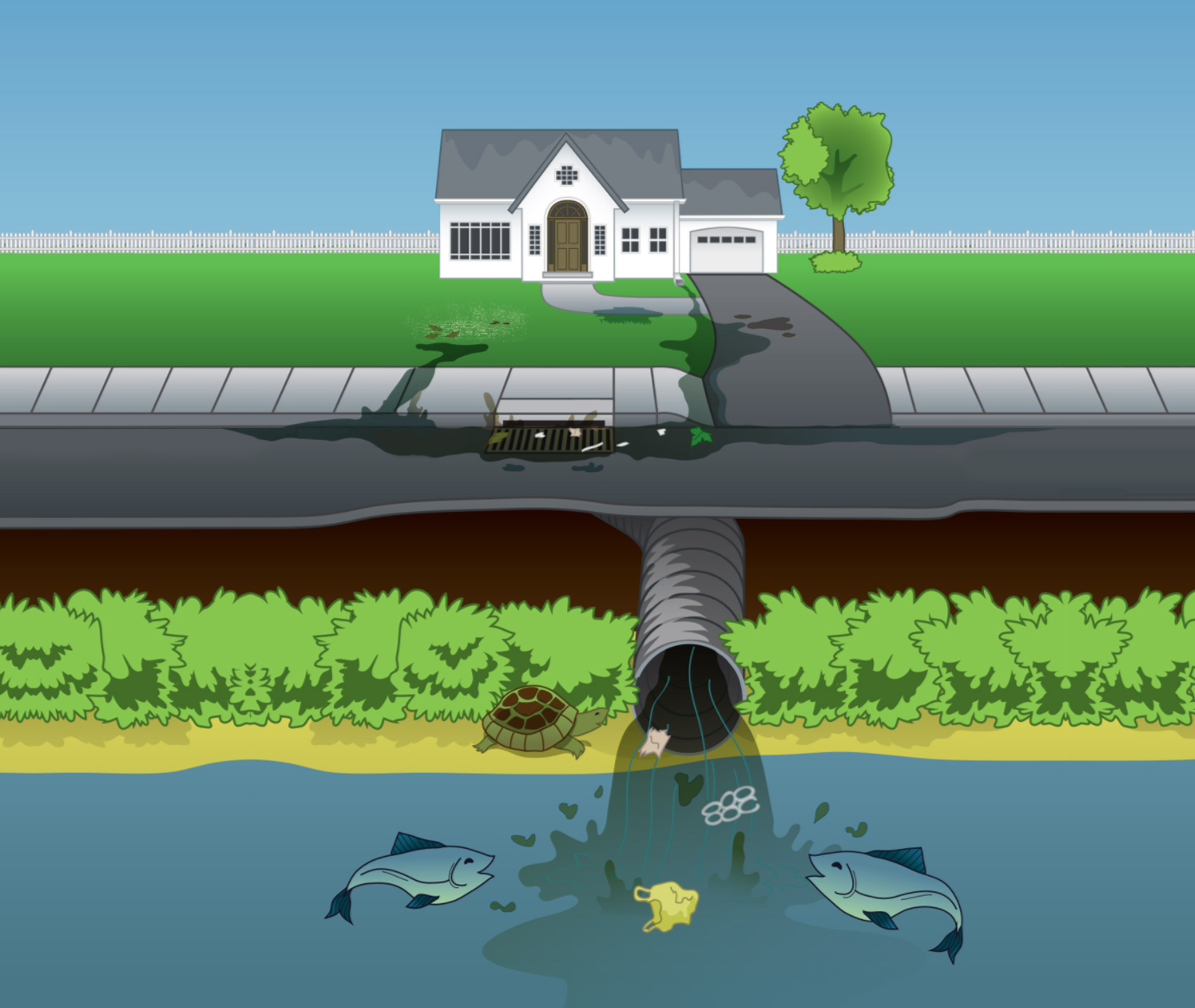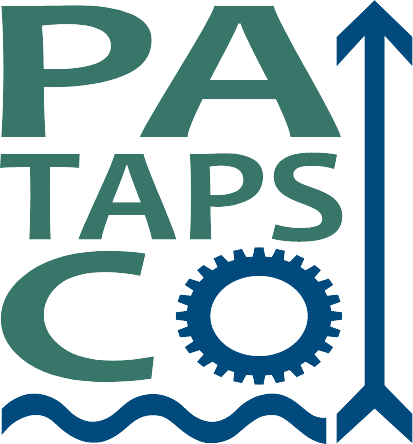
On a sunny weekday afternoon, I met with Rachel Beebe, a Sustainability Project Manager at Howard Country’s Office for Community Sustainability, to discuss Howard County’s stormwater programs, detailed below. If you’ve ever wondered how you could help to mitigate stormwater impacts in your community, just know that Howard County has programs available to make it easier for homeowners to implement stormwater solutions on their properties.
The current program is called Rain Gardens for Clean Water. It is a revamping of an older program, Cleanscapes, which was the first program started in the county to help homeowners install rain gardens and rain barrels. The goal of both projects is to provide a way of enabling people to solve drainage problems or do something good for the environment by offering financial and technical resources. Through Cleanscapes, the county was able to help ~200 residents and treated 3.7 impervious acres of private property. The Rain Gardens for Clean Water program can be viewed as Cleanscapes 2.0, wherein there is now easier access to the financial and technical resources available to treat stormwater issues on private property.
While the Cleanscapes program reimbursed residents for half the cost of their rain garden and/or rain barrel project, the Rain Gardens for Clean Water program has the county paying for 75% of the cost up front. Like the Cleanscapes program, the Rain Gardens for Clean Water program also gives credit towards the Watershed Protection Fee that is included on real property tax bills, as well as access to contractors that will assist and implement the stormwater projects. While Cleanscapes only gave links to contractors on a website, from which residents would then have to select a contractor on their own, the Rain Gardens for Clean Water program includes free consultations with contractors that the county hires for residents. If you apply for the program, know that it is a safe and vetted process, and homeowners are involved in every step of the process. There’s no action without the approval of the homeowners.
If you’re interested in having a stormwater garden on your property, but are hesitant because you don’t know what a stormwater garden would look like, Howard County is offering a Rain Gardens for Clean Water Tour on Saturday, April 29th. The tour is free of charge, but there are limited openings because you would be bussed from the Miller Branch Library to select neighborhoods in the Ellicott City area. There are two times for tours, one that starts at 10am, and another that starts at noon. There will be a Q&A with the homeowners as well, so you can listen to their stories about how their stormwater gardens came to be.
Another program offered by Howard County is the Septic Savers program. This program just began on the 7th of February, and it helps homeowners who have a septic system to regularly have it pumped. As its something that homeowners need to do anyway, the program aims to facilitate the process as well as address the county’s federal MS4 permit compliance. What goes into our storm drains leads into local streams, which feed the larger rivers that eventually make their way to the Chesapeake Bay. The MS4 permit defines water quality standards with the aim to reduce our impact on shared waterways.
With the Septic Savers program, homeowners get $100 back for getting their system pumped every 3-5 years, which is ~40% of the average cost to have a septic system pumped in Howard County. Because many septic systems are old and leak into the ground, it is imperative to have the system pumped regularly to reduce excess nitrogen and phosphorus infiltration.
The final program discussed is a bit more fun and active than the other two. It’s called the Stream Mapper, and it’s an application that you can download onto a smartphone to become Howard County’s “eyes on the ground” for assessing stream health. With the app in your pocket, whenever you hike near a stream, which is almost impossible not to do in Howard County, you can tell the Bureau of Utilities if there seems to be a sewage leak, illicit discharge, or trash buildup in your local streams. In Howard County, you are never more than a 15 minute walk from a stream, and there are 757 miles of streams within the county borders. If you’re unsure about where local streams are found, Howard County has mapped out every stream, and you can search for streams from the comfort of your own home!
With all of the programs and technology offered by the county for its residents, it’d be silly not to take advantage of the provided opportunities!
